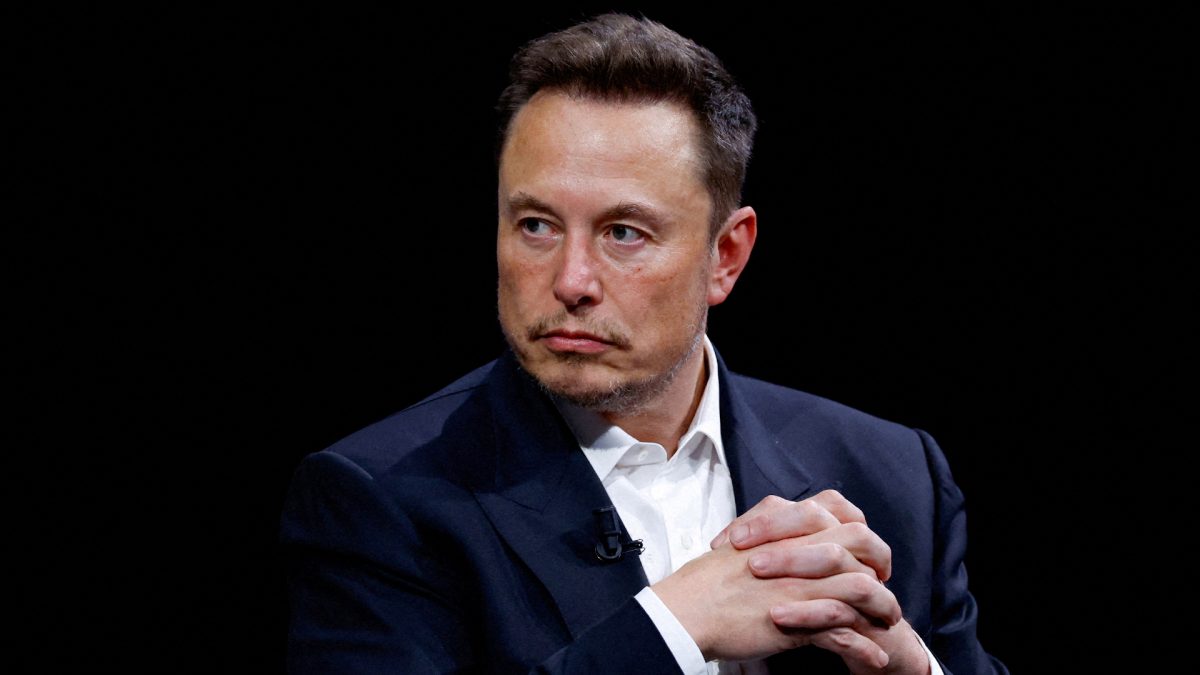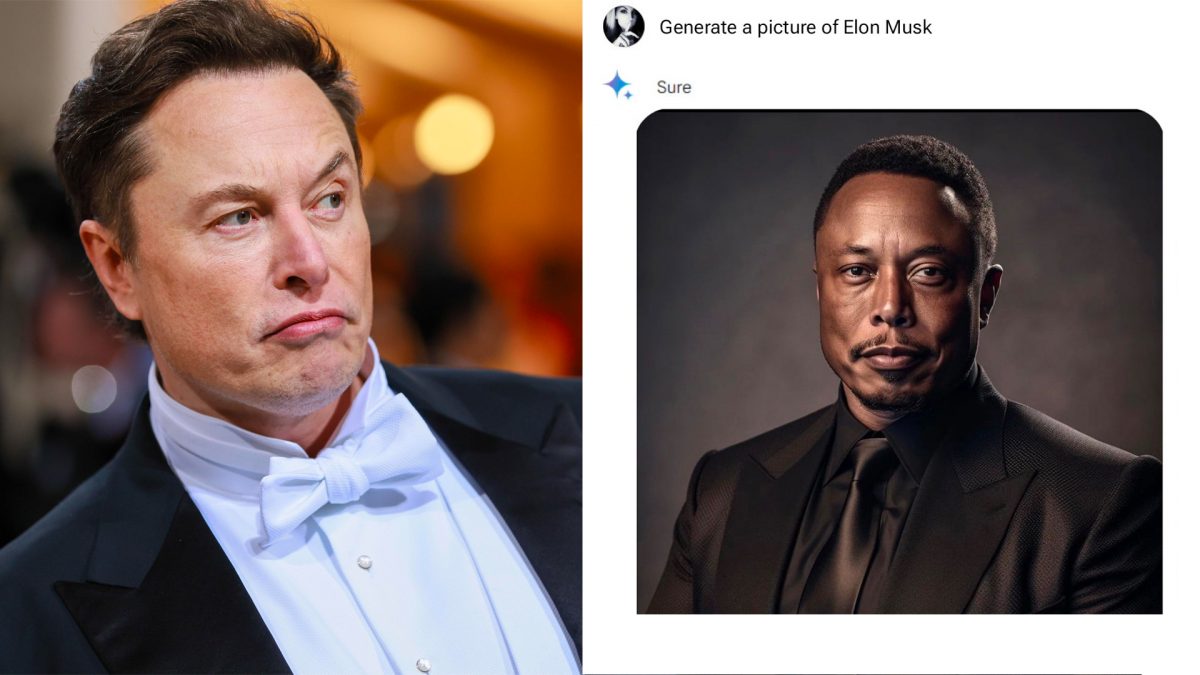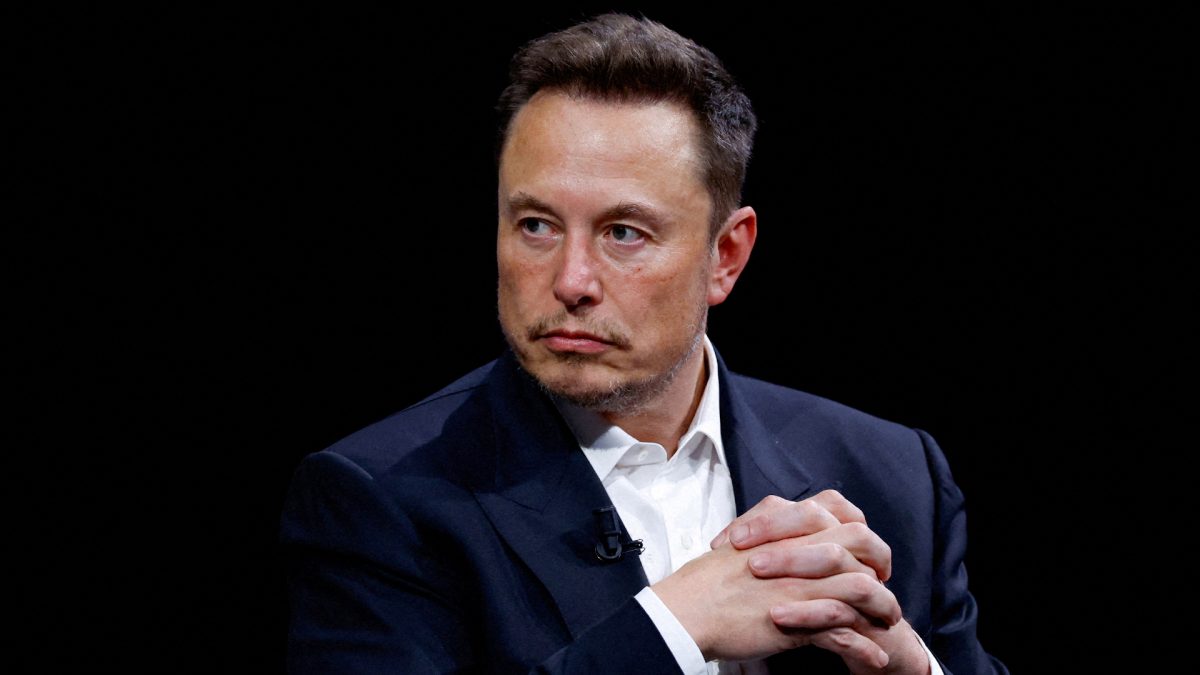The internet of space is here.
SpaceX founder Elon Musk tweeted this week using a connection provided by the first satellites in his high-speed Starlink constellation, which one day could include… 42,000 mini-satellites.
The idea of putting tens of thousands more satellites into orbit, as compared with the roughly 2,000 that are currently active around the Earth, highlights the fact that space is a legal twilight zone.
Experts debated the subject at length this week in Washington at the 70th International Astronautical Conference.
The treaties that have governed space up until now were written at a time when only a few nations were sending civilian and military satellites into orbit.
Today, any university could decide to launch a mini-satellite.
That could yield a legal morass.
Roughly 20,000 objects in space are now big enough — the size of a fist or about four inches (10 centimeters) — to be catalogued.
That list includes everything from upper stages and out-of-service satellites to space junk and the relatively small number of active satellites.
A disused satellite at an altitude of 1,000 kilometers (620 miles) will eventually fall back into the atmosphere, but only after about 1,000 years, according to French expert Christophe Bonnal.
Bonnal, who chairs the International Astronautical Federation’s committee on space debris, explains that during those years, the object — travelling 30,000 kilometres an hour — could end up colliding with a live satellite and killing it.
For now, that possibility is rare — as an example, Bonnal says there are only 15 objects bigger than a fist above France at any given time.
“Space is infinitely empty — this is not like maritime pollution,” he told AFP.
Jean-Yves Le Gall, the head of France’s space agency and the outgoing IAF president, also downplayed the issue.
“There are practically no examples of satellite problems caused by space debris,” Le Gall told AFP. “But this is starting to be a more urgent concern because of the (satellite) constellation projects. It’s clear that even if we only had to think about SpaceX’s constellation, the issue would need to be addressed.”
For Le Gall, Musk’s company “isn’t doing anything against the rules. The problem is that there are no rules. There are air traffic controllers for planes. We will end up with something similar.”
Thousands of pieces of junk
Jan Woerner, the Director-General of the European Space Agency, admits: “The best situation would be to have international law… but if you ask for that, it will take decades.”
So far, only France has stipulated in its own laws that any satellite in low orbit must be removed from orbit in 25 years.
The US space agency NASA and others have adopted rules for their own satellites, but without legal constraints.
So the space agencies and industry power players are hoping that everyone will voluntarily adopt rules of good behavior, defining things like the required space between satellites, coordination and data exchanges.
Various codes and standards were put down on paper from the 1990s, notably under the auspices of the United Nations.
One of the most recent charters was created by the Space Safety Coalition — so far, 34 actors including Airbus, Intelsat and the OneWeb constellation project have signed on.
The problem with such charters is that one major new satellite constellation project that refuses to play along could make things difficult for everyone.
“It’s a very classic problem with polluters,” says Carissa Christensen, the CEO of Bryce Space and Technology, an analytics and engineering firm.
“This is very typical of issues where there are long-term challenges, and costs and benefits.”
In addition, national space agencies would like to clean up Earth’s orbits, which are now strewn with junk from 60 years of space history.
Three large US rocket stages mysteriously “fragmented” last year, says Bonnal — that created 1,800 pieces of debris.
The French expert says removing just a few large objects a year would help.
One example would be the stages of the Soviet-era Zenit rockets, which each weigh nine tons and are nine meters long. Every month, they pass within 200 meters of one another.
If two of them collide, it would double the number of objects in orbit.
But for now, no one knows how to remove these giant objects from space.
In the short term, a best practices manual may be the best solution.
Experts also hope that SpaceX manages to maintain control of its satellites as Starlink takes shape.
Already, of the first 60 satellites launched, three of them — five percent — stopped responding after just a month in orbit.


)




)
)
)
)
)
)
)
)